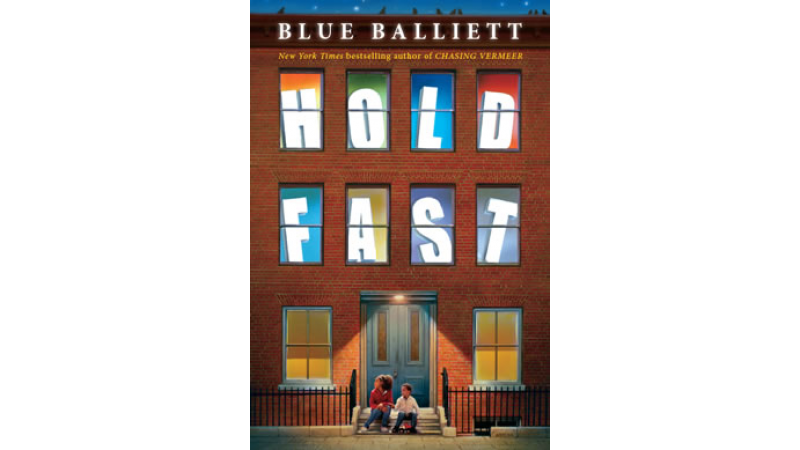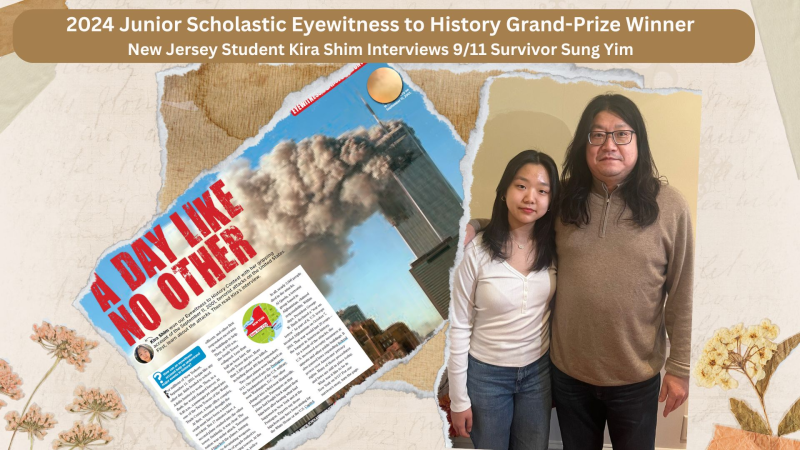 Growing up, some of us have our own rooms, some of us (cough, cough) have to share a room with all of our siblings… and some of us have no room at all. My sisters and I had our fair share of weeks with power… weeks without heat… the week where you can only receive calls (that precedes the phone being cut off). This was not abject poverty, but it did keep us on our toes.
Growing up, some of us have our own rooms, some of us (cough, cough) have to share a room with all of our siblings… and some of us have no room at all. My sisters and I had our fair share of weeks with power… weeks without heat… the week where you can only receive calls (that precedes the phone being cut off). This was not abject poverty, but it did keep us on our toes.
Once, while teaching math, I asked my students to sketch their rooms on dry erase boards, and a young man asked me what he should draw – because he slept on the couch in his home. He stopped me in my tracks. But not for long. I told him, “I hear you. I used to sleep on the couch too. Draw the living room.” And I wiped the board clean, where I was drawing the layout of my room at the time, and sketched my grandparents’ living room, where I slept on the couch after our house burned to the ground on October 5, 1989. My parents were on the pull-out couch upstairs, my two younger sisters on the pull-out couch in the basement, and the twins slept in the playpen next to them. That was sixth grade for me, two years off from my eighth grader, but I understood his perspective.
Twenty-five+ years later my family is doing fine, but millions of Americans struggle for food, clothing, and shelter, and according to the National Poverty Center, over 1/3 are kids:
"Children represent a disproportionate share of the poor in the United States; they are 24 percent of the total population, but 36 percent of the poor population. In 2010, 16.4 million children, or 22.0 percent, were poor."
 One story that depicts this stark reality is Tyrell, by Coe Booth. When I first read Booth’s writing I was completely struck by how real it is, and I tell you – I continue to worry about Tyrell. If you want to read something similar to that award-winning novel, Hold Fast, by Blue Balliett, also deals with an adolescent, their sibling, and their mother living in the shelter system, and both If I Ever Get Out of Here, by Eric Gansworth, and No Place, by Todd Strasser, feature adolescent males handling tough situations. Outside of the U.S., The Red Pencil, by Andrea Davis Pinkney, gives a window into living in the Kalma refugee camp in Sudan, and in Trash, by Andy Mulligan, three boys’ daily forage for survival leads to mystery, suspense, and adventure. Looking at nonfiction, for historical perspective consider Shutting Out The Sky: Life In The Tenements Of New York, 1880-1924, by Deborah Hopkinson, Children of the Dust Bowl: The True Story of the School at Weedpatch Camp, by Jerry Stanley, or Children of the Great Depression, by Russell Freedman.
One story that depicts this stark reality is Tyrell, by Coe Booth. When I first read Booth’s writing I was completely struck by how real it is, and I tell you – I continue to worry about Tyrell. If you want to read something similar to that award-winning novel, Hold Fast, by Blue Balliett, also deals with an adolescent, their sibling, and their mother living in the shelter system, and both If I Ever Get Out of Here, by Eric Gansworth, and No Place, by Todd Strasser, feature adolescent males handling tough situations. Outside of the U.S., The Red Pencil, by Andrea Davis Pinkney, gives a window into living in the Kalma refugee camp in Sudan, and in Trash, by Andy Mulligan, three boys’ daily forage for survival leads to mystery, suspense, and adventure. Looking at nonfiction, for historical perspective consider Shutting Out The Sky: Life In The Tenements Of New York, 1880-1924, by Deborah Hopkinson, Children of the Dust Bowl: The True Story of the School at Weedpatch Camp, by Jerry Stanley, or Children of the Great Depression, by Russell Freedman.
Putting faces on the National Poverty Center statistics, these Scholastic magazine articles were written in 2014:
- Foster, Brooke. "We Can’t Live Here Anymore." Scholastic Parent & Child 21, no. 6 (April 2014): 64-67. The article explores the lives among middle-class families sleeping in shelters and their conduct of life.
- Potenza, Alessandra. "No Place to Call Home." Junior Scholastic 117, no. 6 (December 8, 2014): 8-11. The article reports that more than a million homeless young people in the U.S. struggle to survive in shelters or on the streets.
The following two pieces are particularly significant, because they address one of the goals of National Poverty in America Awareness Month, which is to participate in and support antipoverty programs:
- "Burrito-Making Champions." Scholastic Action 37, no. 12 (May 5, 2014): 2. The article features the Burrito Boyz, a group of boys composed of Alec Johnson and his friends who meet every Sunday to make breakfast burritos and give them to homeless people in San Diego, California.
- "Help for the Hungry." Scholastic News -- Edition 4 77, no. 10 (December 2014): 14. The article features 14-year-old Chandra Starr, founder of Million Penny Project, whose goal is to raise one million pennies or 10,000 dollars for Growing Food Forward, a group that plants gardens and delivers all the grown produce to people in need.
Alec and Chandra have raised the bar, and their work is a benchmark for us all. The titles listed above offer opportunities for discussing poverty and social justice, at home or at school.
Are there children’s materials that you would recommend for this conversation?
Article citations/abstracts via EBSCO






